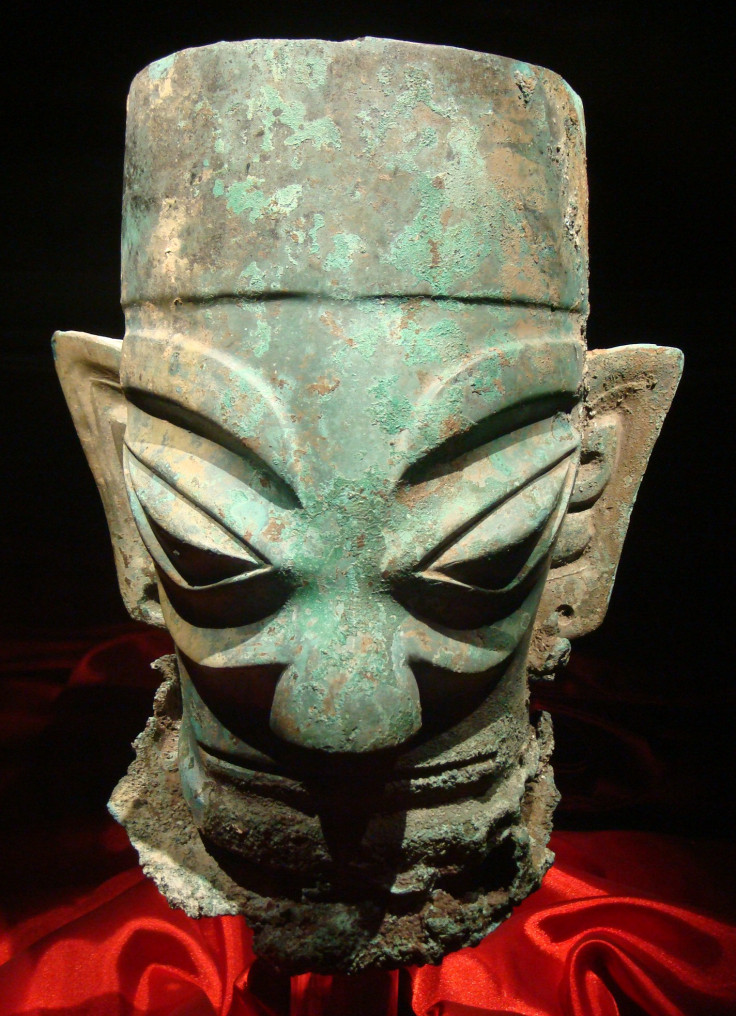Massive earthquake wiped out ancient Chinese city 3,000 years ago

A massive earthquake could have been responsible for the disappearance of an ancient Chinese civilisation, researchers have said.
The earthquake, believed to have happened about 3,000 years ago, triggered devastating landslides that dammed up the Sanxingdui culture's main water supply, forcing them to leave their home, Live Science reports.
Research presented at the American Geophysical Union in San Francisco by experts at the Tsinghua University in Chengdu, China, pointed to ancient treasure first uncovered in 1929.
Sculptures, jades and elephant tusks suggest fantastic technical ability by a lost civilisation – since dubbed Sanxingdui. The culture is thought to have lived in a walled city on the banks of the Minjiang River.
It is thought the people purposefully left sometime between 3,000 and 2,800 years ago. "Current explanations for why it disappeared are war and flood, but both are not very convincing," study author Niannian Fan told the website.
However, archaeologists uncovered the remains of another ancient city 14 years ago with treasures bearing similar engravings to those found in Sanxingdui.
Rather than being wiped out, the findings suggest they may have relocated to an area called Jinsha, near Chengdu.
Looking at reasons why, researchers said there are recordings of an earthquake taking place about 250 miles from Sanxingdui. However, they now say the epicentre could have been far closer to the city than previously thought.
Geological evidence also points to an earthquake taking place in the region between 3,300 and 2,200 years ago. Sediments also point to massive flooding, suggesting a major earthquake could have triggered a landslide that blocked up the river that would have supplied Sanxingdui with water.
The authors said their hypothesis is speculative, but would explain the relocation.
© Copyright IBTimes 2025. All rights reserved.






















